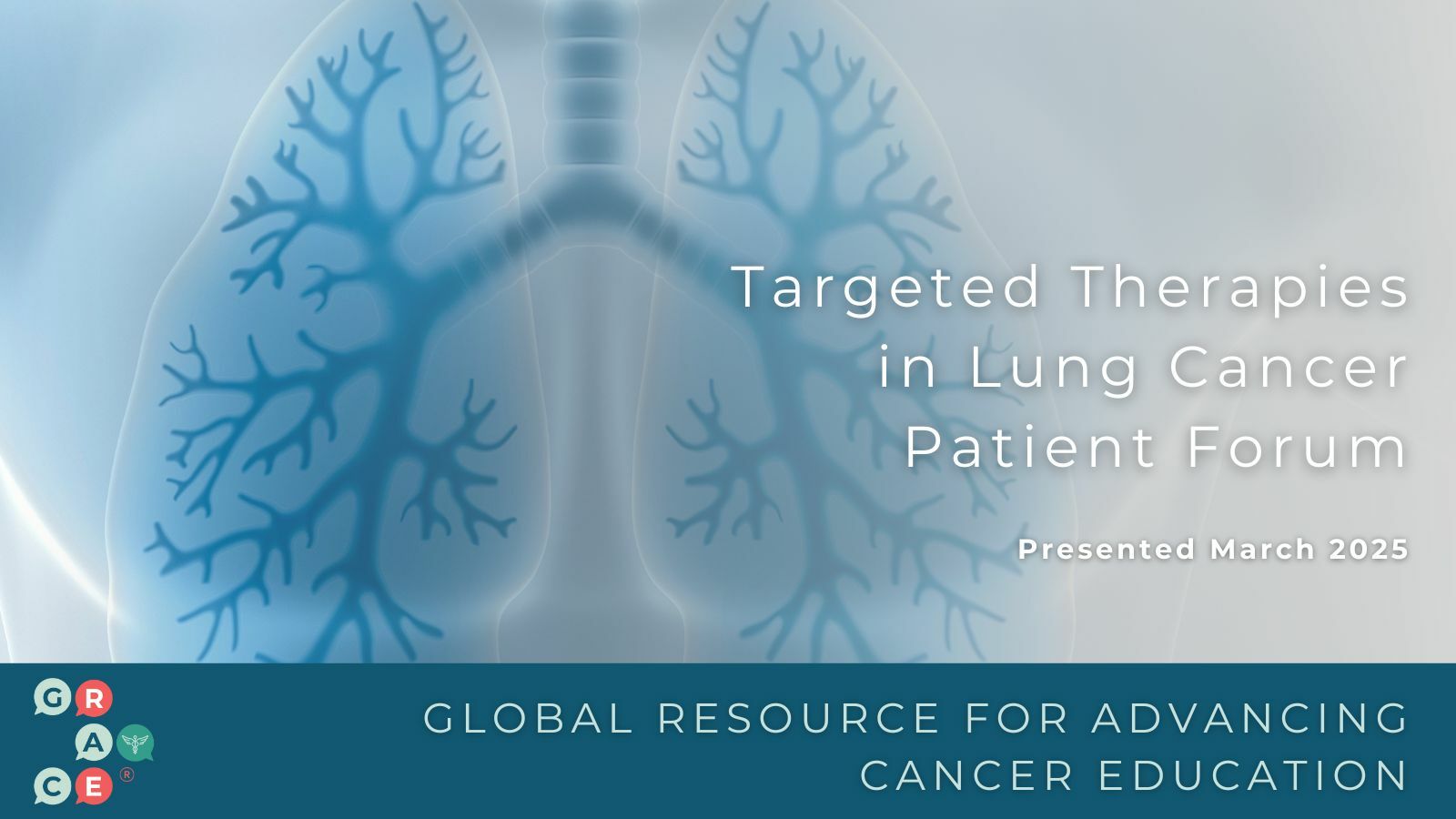Article and Video CATEGORIES
A member recently asked me whether treatment in the second-line or later setting for advanced lung cancer would potentially improve survival at a cost of quality of life, or whether patients can benefit not only in terms of how long they live but also how they live during that time. Since advanced lung cancer, both NSCLC and SCLC, aren't generally able to be approached with curative intent, it's important for the treatment not to be worse than the disease. Ideally, patients will even feel better with treatment, rather than have to choose between quality of life (QoL) and quantity of life. However, it's important to note that the oncology community has not focused on QoL measures nearly as much as survival measures. Partly, this has been because measuring QoL requires expensive and time consuming surveys and/or other measures, and they have not been perceived as enough of a key to FDA approval, patient focus, or physician interest. So here's a few leads.
In NSCLC, taxotere/docetaxel because the first second-line therapy that was approved by the FDA, based largely on a survival benefit compared to supportive care alone, despite a pretty low response rate of just 7% (TAX 317 abstract here). In this trial, quality of life was measured on some survey scales and also in terms of need for pain medications and palliative radiation. While the patients on taxotere had an improvement in one-year survival, treatment didn't require a choice between improved survival and feeling better. They did QoL assessment (abstract here) and measured pain medication usage and referral for palliative radiation, and the investigators found that all of the QoL measures favored the recipients of taxotere. The primary QoL instrument, called the Lung Cancer Symptom Scale (LCSS), revealed significant improvements in both pain and fatigue from chemo. Although the functional status of pretty much all patients declined over time, there was a signficantly smaller decline for taxotere recipients. And while 15% of the patients on best supportive care experienced a 10% or greater weight loss on the trial, only 7% of the chemo patients had this degree of weight loss. There were significant differences favoring chemo in terms of pain and non-pain medication needs for cancer symptoms:
In the subsequent trial that directly compared alimta to taxotere and found that they produced essentially identical response rate and survival results (abstract here), there was also a QoL analysis. As with the efficacy endpoints, QoL measures were remarkably similar in just about every category the investigators looked at, from pain to fatigue to weight loss and more. So I would presume that alimta delivers a similar benefit in QoL compared with supportive care alone, as was seen in the taxotere trial noted above, but it doesn't seem to offer a significantly better QoL experience during treatment, at least as it was measured here.
The major NCI-Canada-led trial of tarceva vs. placebo, known as BR.21 (abstract here), showed a median two month survival benefit and about a 9% response rate that is pretty comparable to the chemo experience. But in addition to these well-described results was a QoL report that was published separately (abstract here). This study reviewed QoL in general but particularly focused on the time to symptom worsening in three important factors: cough, shortness of breath, and pain. Why focus on deterioration rather than improvement? Because you can only improve if you had that problem to begin with, but everyone can have a symptom become an increasing problem, even if you didn't start with it. And the trial showed that even though people on the trial were comparable in symptoms/QoL at the start of the trial, the patients who received tarceva went significantly longer before worsening in those three parameters of cough, shortness of breath, and pain:
So, as with second-line chemo, tarceva doesn't appear to require a choice between improved survival and quality of life, but rather typically entails an improvement in both compared to a placebo.
Finally, let's not forget SCLC. Before a survival benefit was shown for topotecan, it was approved by the FDA because it improved QoL in every category, and in many of them significantly, compared to an alternate older chemo regimen called CAV (cytoxan, adriamycin, and vincristine)(abstract here). The differences between the two arms are shown here:
More recently, oral topotecan also showed a survival benefit compared with supportive care alone (abstract here). But as with NSCLC, treatment in the second-line setting for relapsed SCLC is associated with evidence for both a survival benefit and improvement in cancer-related symptoms.
It's important to make the distinction that the patients who went on these trials were somewhat self-selected, that these patients were not too sick to tolerate treatment with anticipated side effects. Deciding on treatment is always a consideration of the likely benefits vs. anticipated side effects, and patients with a very marginal performance status are more likely to experience the adverse effects and somewhat less likely to experience the benefit. But all of the studies I highlight above show that for the patients fit enough to tolerate the treatment, the agents that have shown a survival benefit don't appear to require a choice of paying for survival benefit with quality of life. Instead, you can get the double benefit of treatment, especially if the therapy actually works well against the cancer.
Please feel free to offer comments and raise questions in our
discussion forums.







